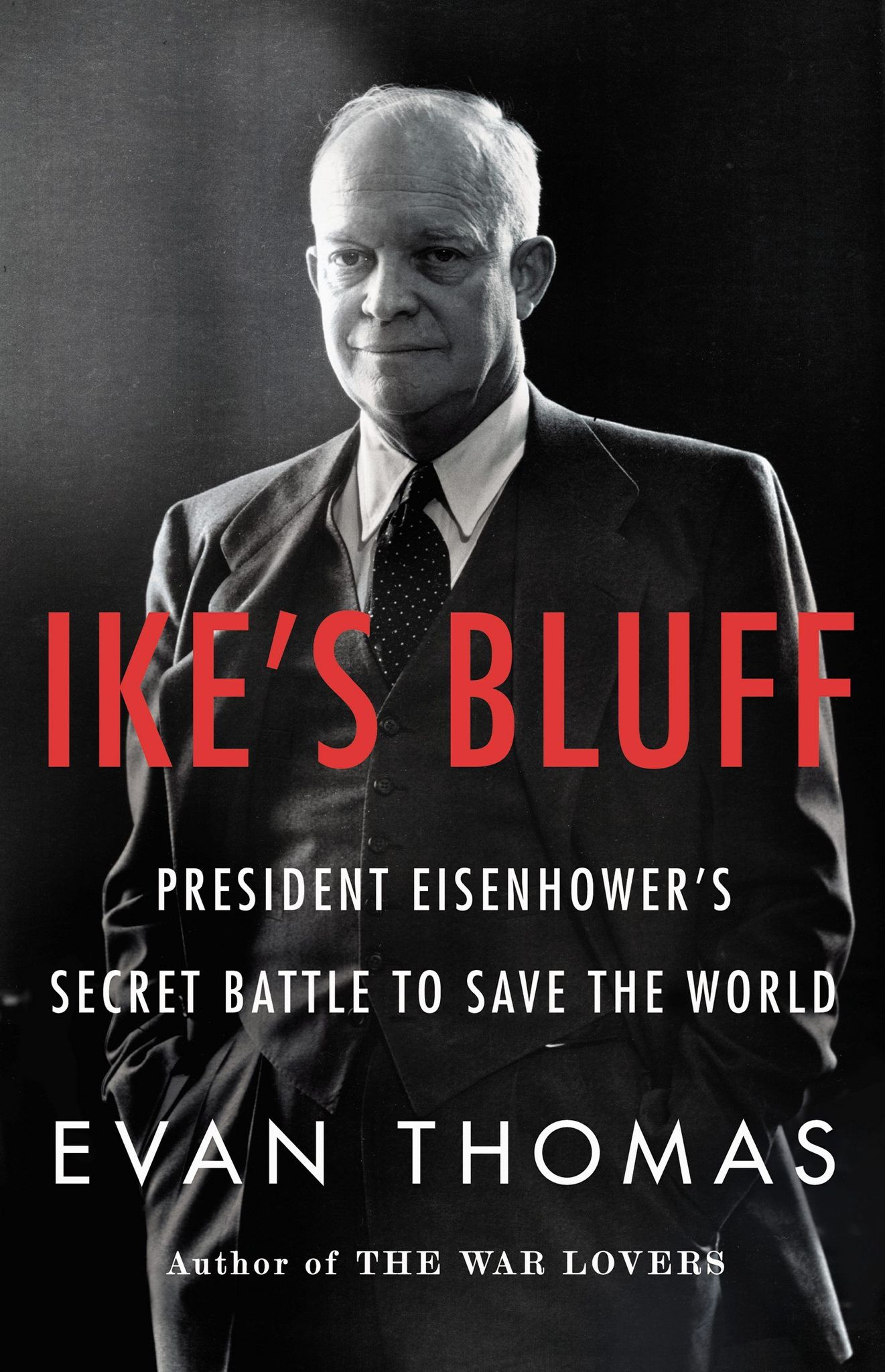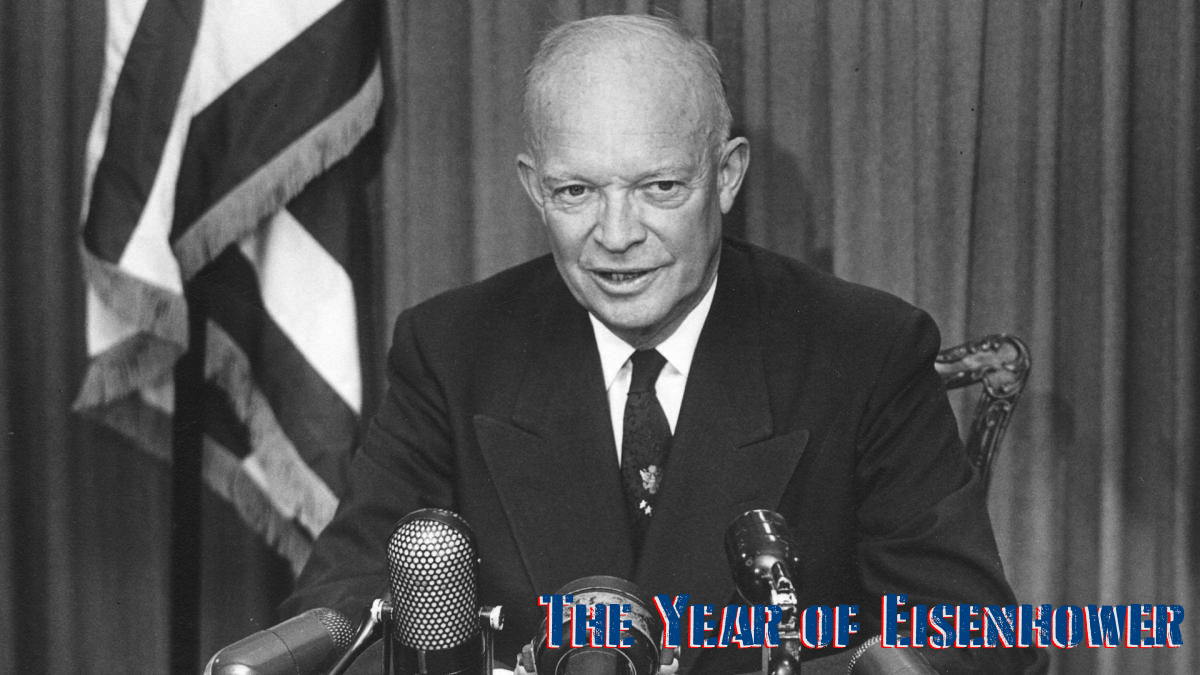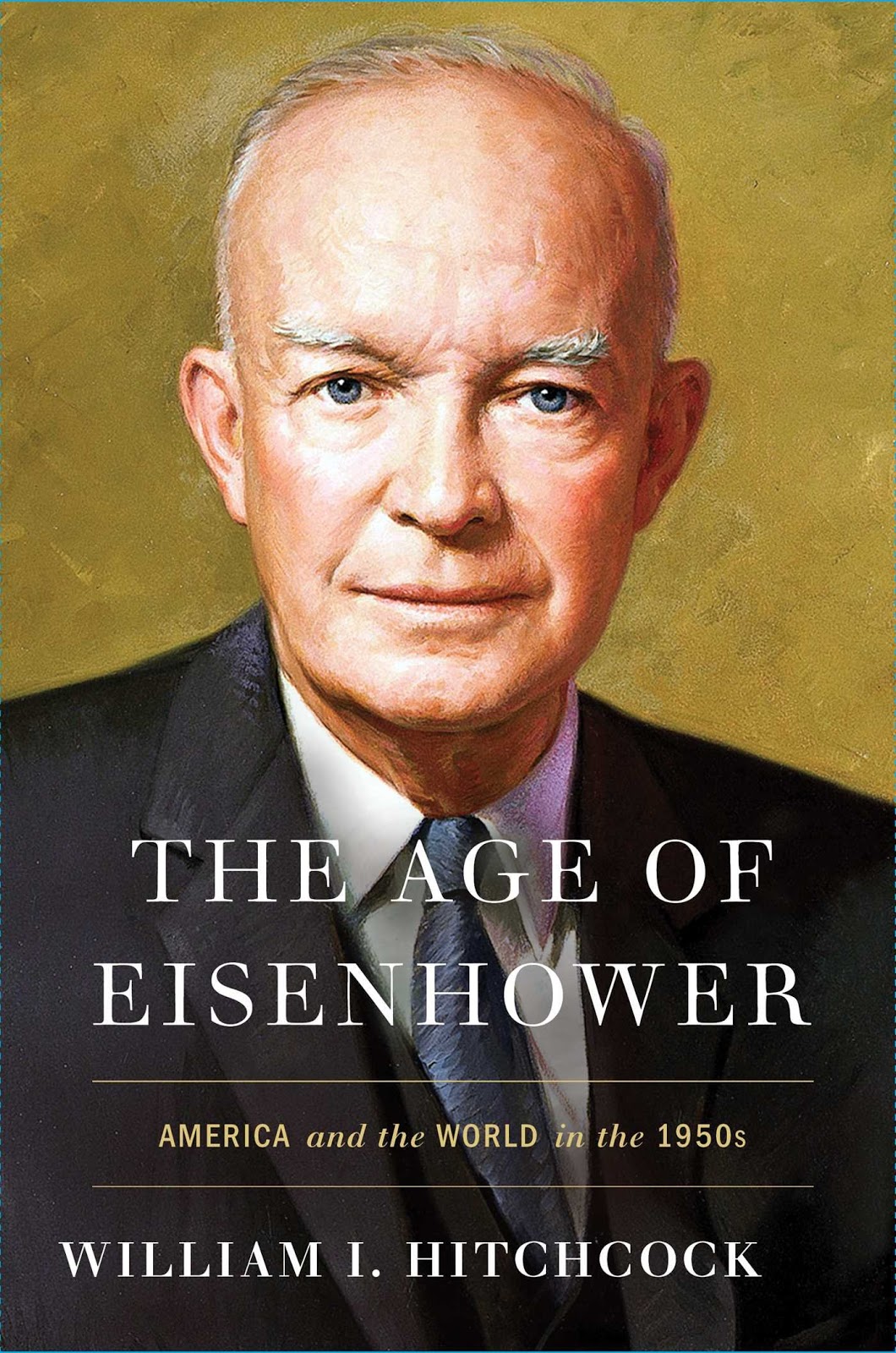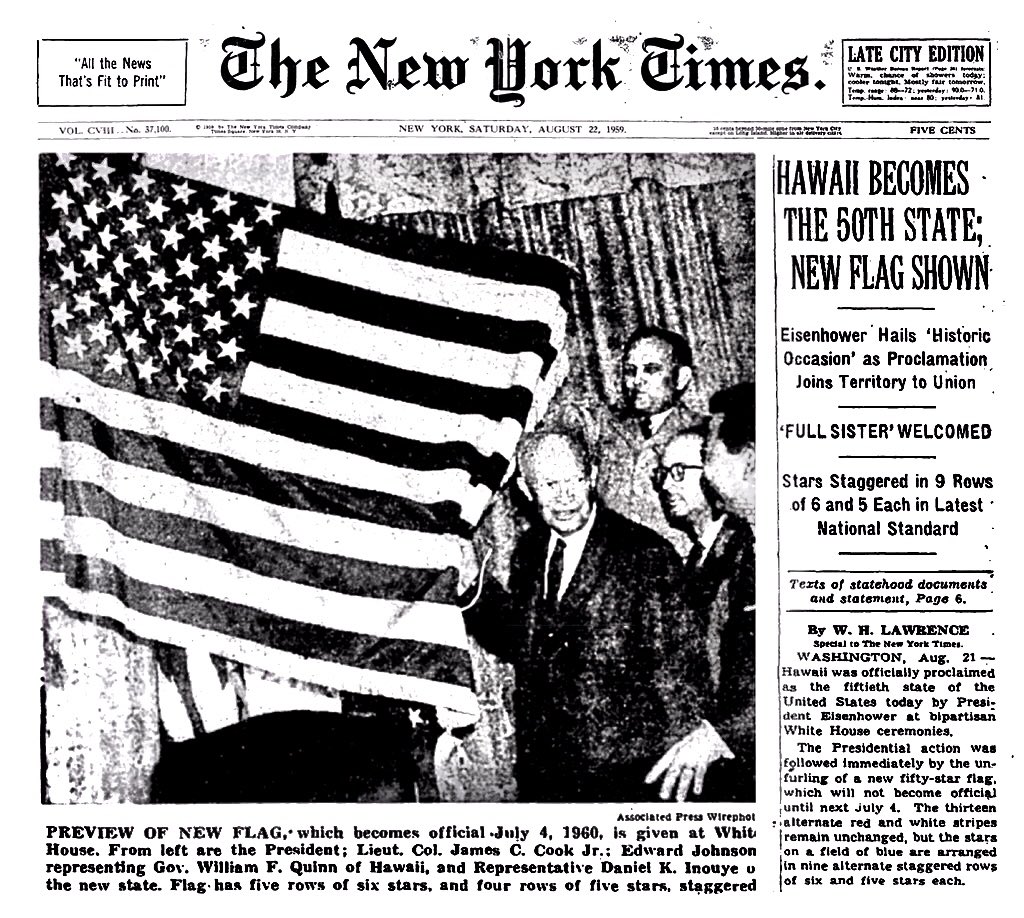Ike’s Bluff
Ike’s Bluff Many people believed that despite his time serving as Supreme Allied Commander of the Allied Expeditionary Troops in Europe and later… Read More »Ike’s Bluff
Ike’s Bluff Many people believed that despite his time serving as Supreme Allied Commander of the Allied Expeditionary Troops in Europe and later… Read More »Ike’s Bluff
The Year of Eisenhower USA-eVote would like to declare that this year, 2019, be the Year of Eisenhower – much like last year… Read More »The Year of Eisenhower
The Age of Eisenhower 2018 Collection: The Age of Eisenhower chronicles the rise and, well, never really fall of Supreme Allied Commander turned cold… Read More »The Age of Eisenhower
Today in History: August 21, 1959 President Dwight D. Eisenhower signed a proclamation that made Hawaii the 50th state of the union. I guess this… Read More »Today in History: August 21, 1959



